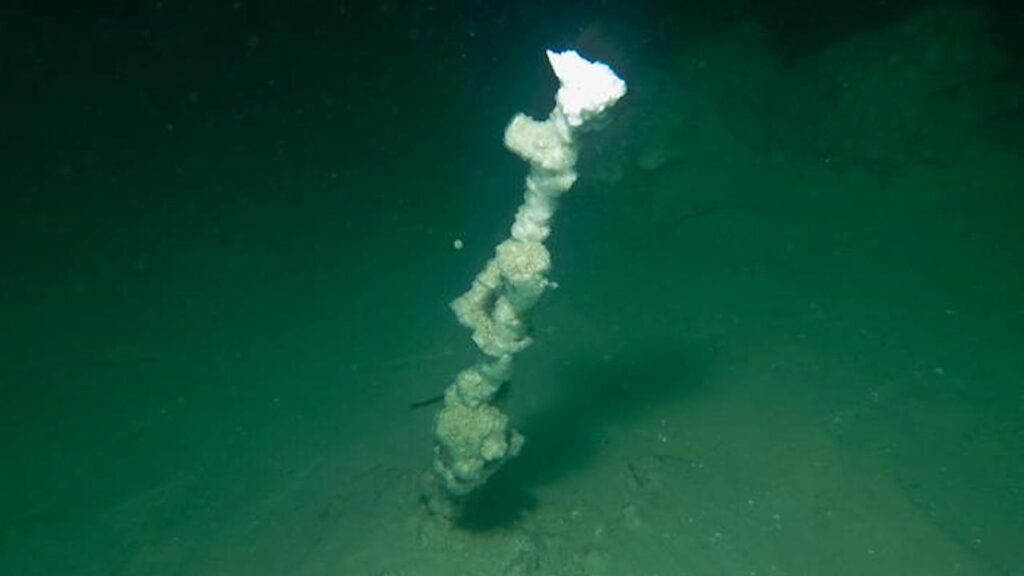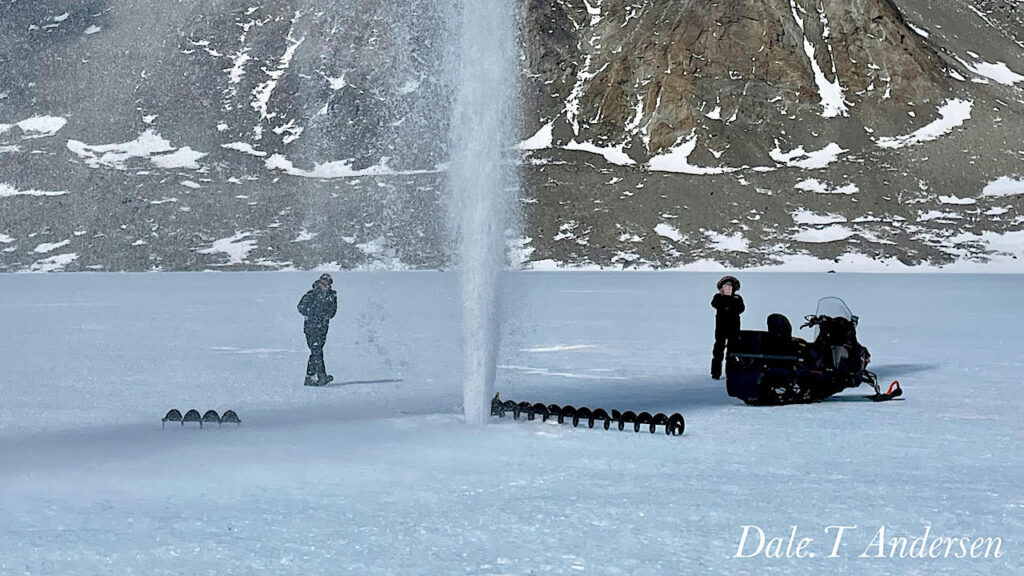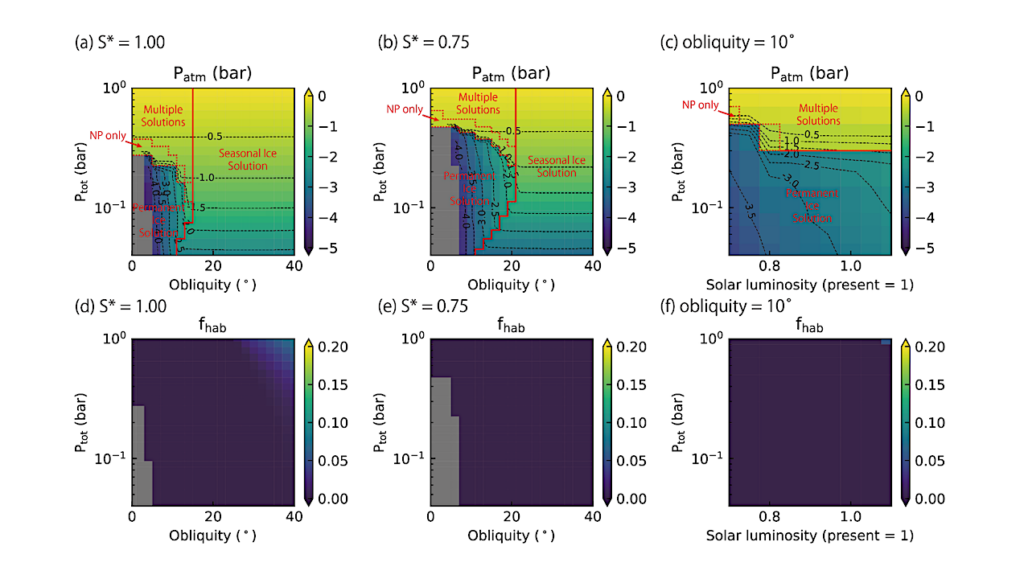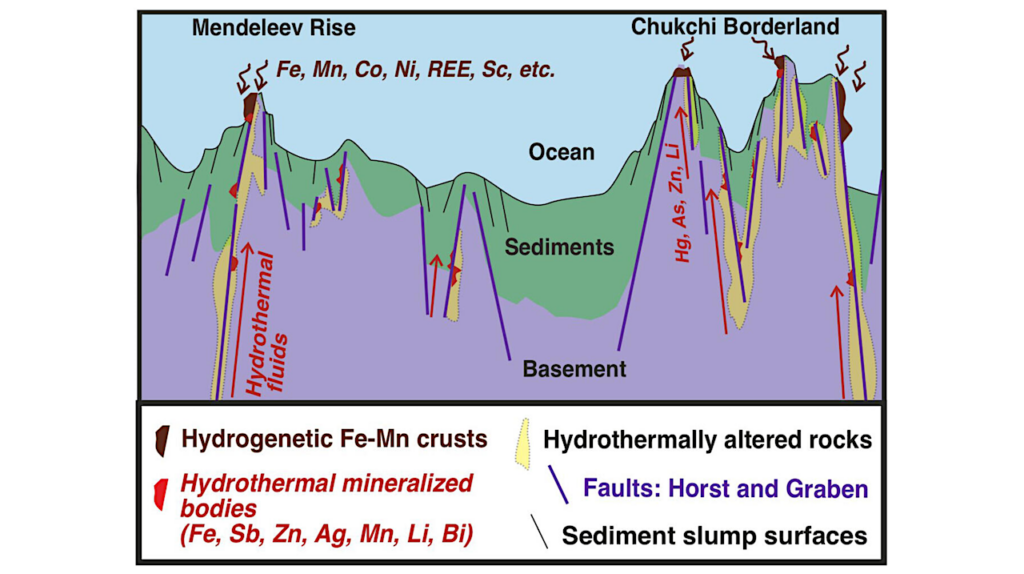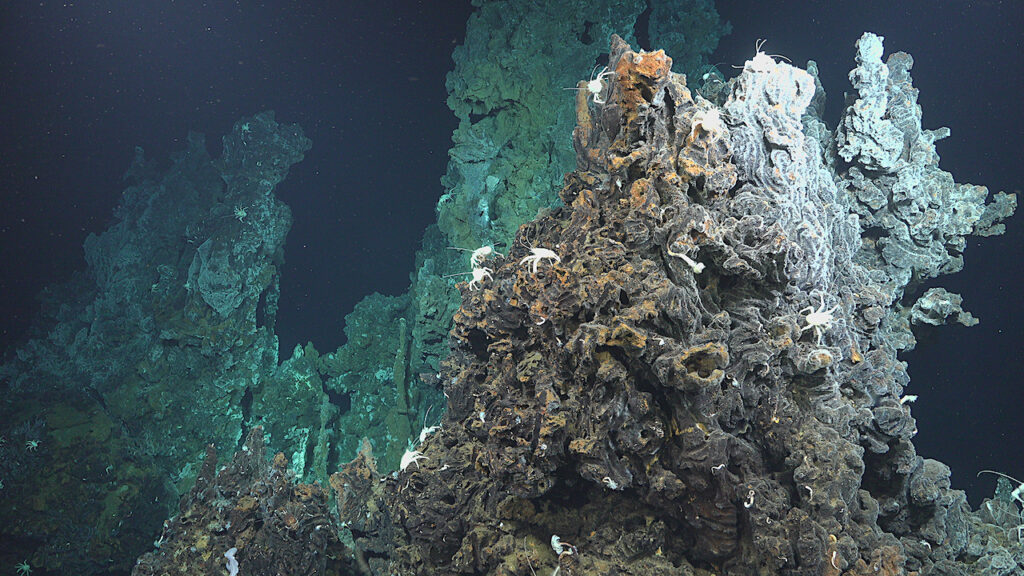The Influence Of Surface CO2 Condensation On The Evolution Of Warm And Cold Rocky Planets Orbiting Sun-like Stars

The habitable zone is the region around a star where standing bodies of liquid water can be stable on a planetary surface.
Its width is often assumed to be dictated by the efficiency of the carbonate-silicate cycle, which has maintained habitable surface conditions on our planet for billions of years. This cycle may be inhibited by surface condensation of significant amounts of CO2 ice, which is likely to occur on distant planets containing high enough levels of atmospheric CO2.
Such a process could permanently trap CO2 ice within the planet, threatening its long-term habitability. Recent work has modeled this scenario for initially cold and icy planetary bodies orbiting the Sun. Here, we use an advanced energy balance model to consider both initially warm and cold rapidly-rotating planets orbiting F – K stars.
We show that the range of orbital distances where significant surface CO2 ice condensation occurs is significantly reduced for warm start planets. Star type does not affect this conclusion, although surface CO2 ice condenses over a larger fraction of the habitable zone around hotter stars. The warm start simulations are thus consistent with 1-D model predictions, suggesting that the classical habitable zone limits in those earlier models are still valid. We also find that the cold start simulations exhibit trends that are consistent with those of previous work for the Sun although we now extend the analysis to other star types.
Irene Bonati, Ramses M. Ramirez
Comments: 11 pages, 6 figures; accepted for publication in MNRAS
Subjects: Earth and Planetary Astrophysics (astro-ph.EP)
DOI: 10.1093/mnras/stab891
Cite as: arXiv:2103.16315 [astro-ph.EP] (or arXiv:2103.16315v1 [astro-ph.EP] for this version)
Submission history
From: Irene Bonati
[v1] Tue, 30 Mar 2021 13:05:55 UTC (2,103 KB)
https://arxiv.org/abs/2103.16315
Astrobiology


